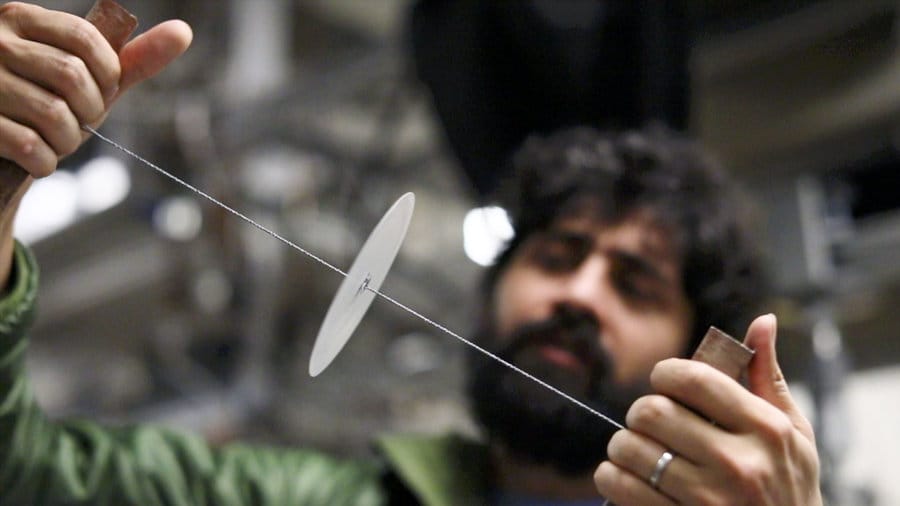Say goodbye to the time-consuming and highly expensive malaria tests. Researchers from Stanford University have come up with an ingenious cost-effective device that can detect malaria. The device is an old paper centrifuge, called “paperfuge,” that costs just 20 cents. It detects malaria within 15 minutes without consuming electrical power!
How a centrifuge detects malaria?
A centrifuge is used in clinics, hospitals, and laboratories for various analysis. It essentially separates fluids, such as blood, into their constituents after spinning the specimen at high speeds. The “centrifugal” force pushes the denser materials outwards, which results in separation of cells, proteins, viruses, nucleic acids, etc. from the fluids.
Centrifuges are vital in the detection of diseases, especially in poor areas, but they are not readily available due to their high cost, weight, and power requirements.
A cheap centrifuge based on a children’s toy:
Given this problem, a team of researchers under the lead of Manu Prakash from Stanford University developed a hand-spun paper centrifuge. This centrifuge is based on a buzzer toy known as whirligig that dates back to 3,300 BC. In those times, kids used this device all across the globe with slight variations, from the colonial US to the Indigenous North America, to medieval Europe and even ancient China.
The paperfuge is operated when you pull a string passing through the center while the circular disk is spinning. The device works on the principles of “nonlinear oscillator,” as the central disc rotates when a force is applied as the strings unwind.
How effective is Paperfuge?
The Paperfuge refined this model and is now capable of spinning speeds of over 125,000 revolutions per minute (RPM). This force is equivalent to 30,000 g, making it the fastest rotational device that is human-powered.
The device was tested on blood to check for diseases, and the Paperfuge was able to separate the blood components at approximately 20,000 RPM, which is a similar speed to any conventional centrifuge. The device separated pure plasma from blood within 90 seconds, and more amazingly, it isolated the malaria parasite in approximately 15 minutes.
The Paperfuge can be made from a variety of materials, such as paper, wood and fishing wire. The researchers also made another version out of polydimethylsiloxane, which is a silicon-based organic polymer, and even used plastic and 3D-printed materials to create a similar performing device.
The authors concluded in their study,
“The simplicity of manufacturing our proposed device will enable immediate mass distribution of a solution urgently needed in the field. Ultimately, our present work serves as an example of frugal science: leveraging the complex physics of a simple toy for global health applications.”
The Paperfuge has been tested in Madagascar, with sterling results. This device is truly a revolutionary addition to the world of medical sciences that can help provide adequate medical testing facilities to the poorest of people.
We would like to know your views regarding Paperfuge. Comment below!

